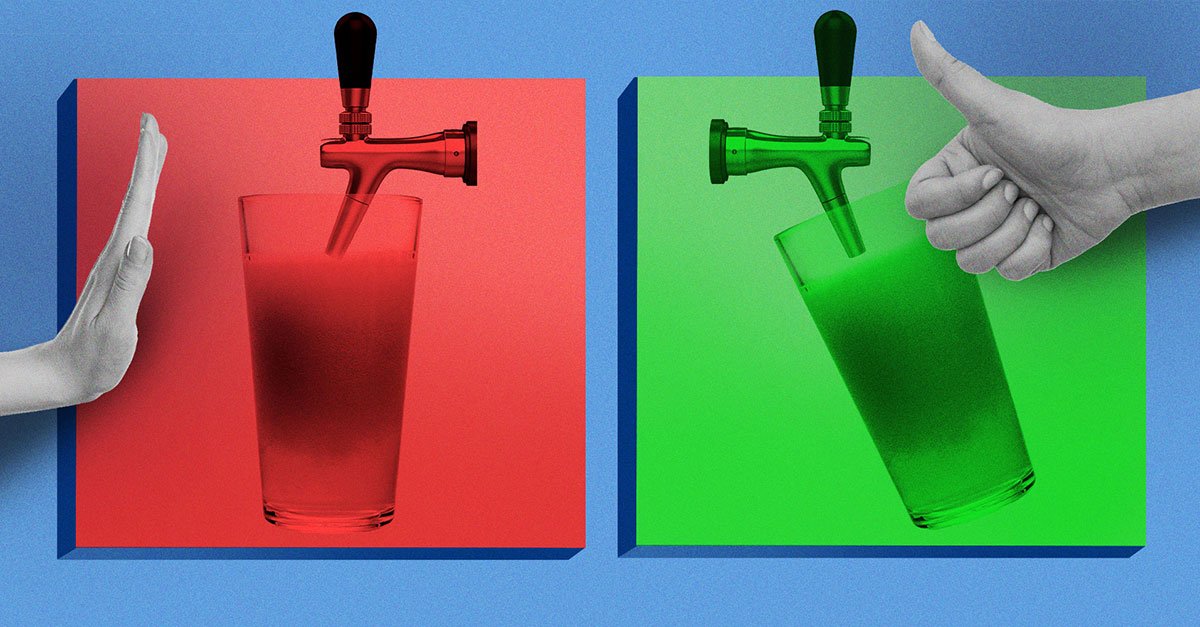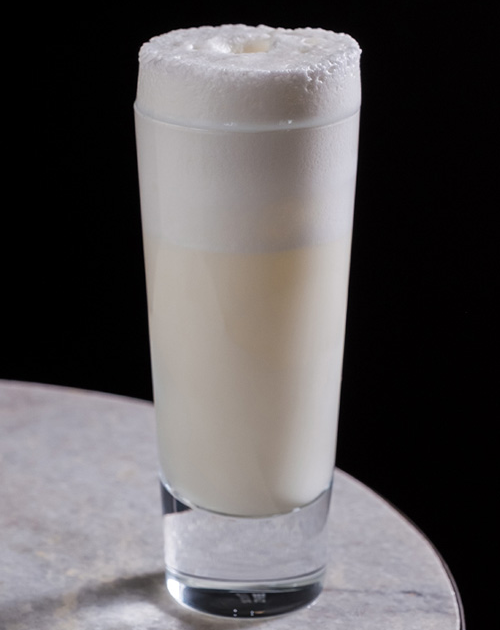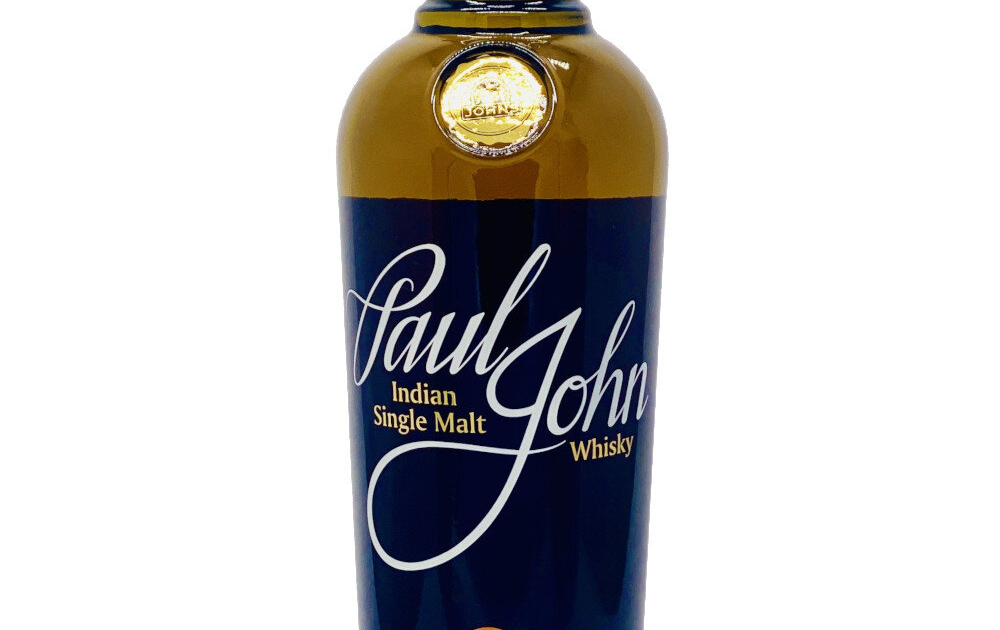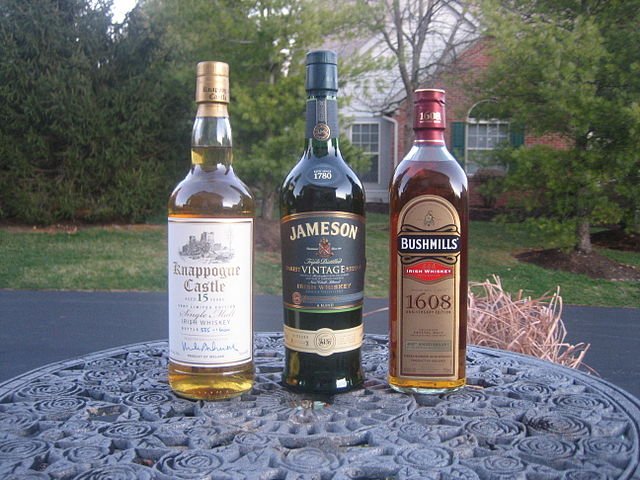Synonymous with sporting events, concerts, and warm summer evenings on the patio, beer is often thought of as a low-maintenance adult beverage. But when it comes to beer on draft, there is an art to pouring a good pint. Giving your technique a little extra attention almost guarantees a better flavor experience, no matter your beer of choice.
The fact of the matter is, there are a lot of things that can actually be wrong with your pour. Luckily, it’s really not that hard to master the craft. With just a few small details in place, each pour can be better than the one before. We spoke to the professionals about the good, the bad, and the ugly when it comes to serving up an ale.
The Most Common Beer Pouring Mistakes, According to the Pros:
- A straight pour
- Poor pressure management
- Cleanliness (of both lines and glassware)
- Temperature (of both beer and glassware)
- Foam quality
Wrong Glass Temperature. When the glass is too cold, it causes the beer to become overly frothy, resulting in the loss of beer. Chilling anything behind a bar can be a way to mask unwanted flavor, but for beers with an abundance of flavors, you should try not to mask them. Lighter beers should be served colder than darker beers. Glassware should be stored in a cool (but not chilled), dark place.
Right Pressure & Temperature. The most common problem we see when people pour draft beer is the mismanagement of either pressure or temperature. Beer, like any carbonated beverage, is a liquid supersaturated with carbon dioxide. The carbon dioxide wants to get out of that unbalanced state, so it will jump out of solution at any opportunity, sometimes violently. Quickly poured beer rarely means quicker served beer because of all the foaming such force can create. However, the opposite can occur; too little pressure applied to the beer will result in the beer pouring in a turbulent, corkscrewing fashion, again causing a glass full of foam.
Cleaniness. There are a few common mistakes, and they all center around cleanliness. Not having ‘beer clean’ drinkware, where one can clearly see any residual oils. They cause carbonation bubbles that cling to the dirty spot. Letting the tip of the beer faucet submerge as the glass fills. This creates a great place for bacteria to multiply that produce off flavors (not the kind that gets one sick, though). Not regularly cleaning the draft lines from keg to faucet, and disassembling and cleaning the faucets every two weeks.
Pouring. If you’re getting massive foam/overflow, always side pour. When pouring a beer, tilt your glass to the side instead of towards you to better control and reduce foam. People always set the glass down and pour from above. My pro tip is to tilt the glass to 45 degrees and open the tap all the way up. This prevents too much or overflowing head on the beer.
Glass Management. To start, cleanliness is essential for a perfect pour. If the beer glass isn’t completely clean, the pour can be too foamy. At the bar, bartenders also make sure that the draught beer lines are clean and serviced every week, and that all glasses are free of residue. It’s OK to use a chilled glass, but anything too cold will cause too much foam. Refrigeration temperature is also important, as 36-38 degrees is ideal.
Right Quantity. Why do people want beer without any head? I think they live in a world of always wanting more, and the visual of having beer with foam on top feels like they are being shortchanged. People want beer to the brim! With most European beers, their pint glasses usually have a marking where the beer ends and the foam starts. Most even list the amount of ounces up to that line.
So next time, we are very sure you will keep in mind these usual aspects and be a perfect beer-aholic…!!!








